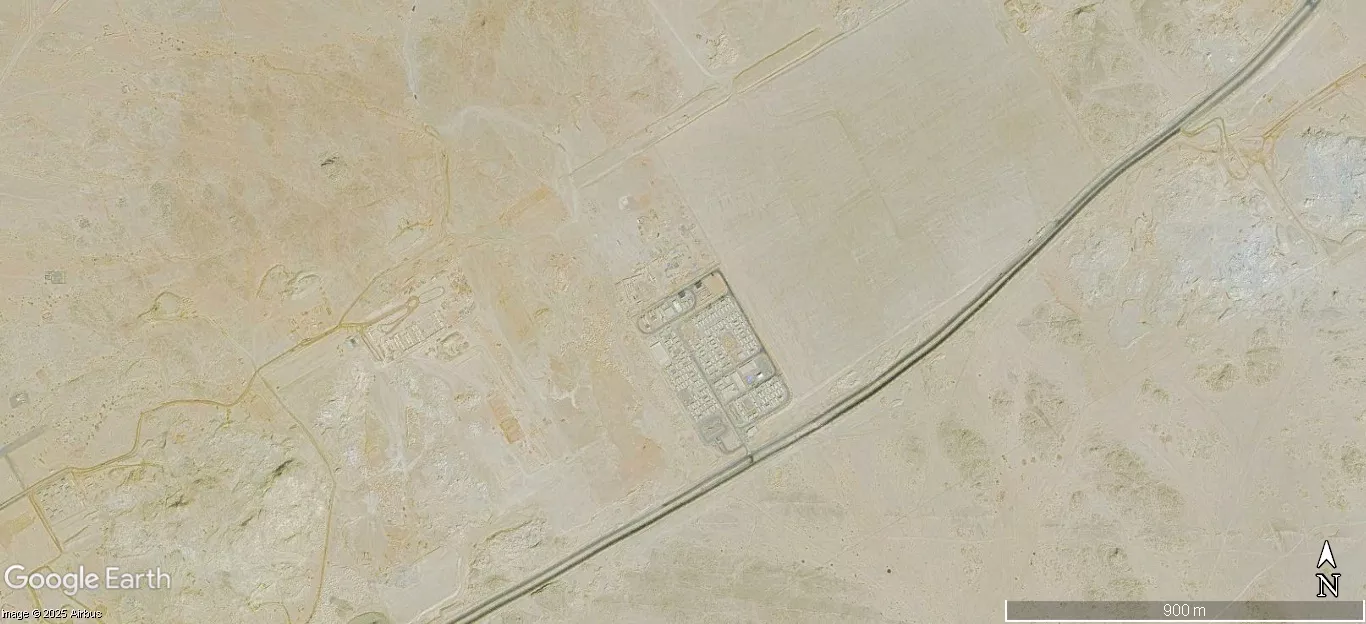Saudi Arabia's Neom Nearing Completion of World's Largest Green Hydrogen Plant
Key Ideas
- Neom's Green Hydrogen Company is close to finishing the world's largest green hydrogen plant in Saudi Arabia, with construction now 80% complete.
- The green hydrogen facility at Neom aims to produce 600 tonnes of carbon-free hydrogen per day, supporting Saudi Arabia's Vision 2030 for economic diversification.
- The $8.4 billion project is a joint venture between Neom, Air Products, and ACWA Power, with ambitions to export green ammonia globally and contribute to reducing fossil fuel dependency.
- Despite facing some challenges in finding international buyers for the green hydrogen fuel, Neom's completion of the plant would be a significant milestone for the project and Saudi Arabia's renewable energy goals.
Images released by Neom's Green Hydrogen Company (NGHC) showcase the world's largest green hydrogen plant in Saudi Arabia, nearing completion at 80%. The plant, located in Neom, spans over 300 square kilometers and is set to produce 600 tonnes of carbon-free hydrogen daily. This project aligns with Saudi Arabia's Vision 2030 to shift from oil and gas dependency towards renewable energy sources. Despite facing delays and budget overruns in other Neom projects, this milestone represents a significant achievement in the country's pursuit of economic diversification.
Utilizing renewable energy sources like wind and solar power, the green hydrogen plant is a key component of Neom's initiatives. The $8.4 billion project involves key players such as Neom, Air Products, and ACWA Power, with plans to export green ammonia globally. However, challenges exist in finding buyers for the green hydrogen fuel.
While the completion of the green hydrogen plant marks progress towards Saudi Arabia's renewable energy targets, criticisms have been raised regarding the environmental impact of Neom's projects. Constructing a city in the desert with features like artificial lakes and a ski resort has faced scrutiny.
Looking ahead, Neom aims to finalize 4 GW of solar and wind power by mid-2026 and introduce the first ammonia product by 2027. Despite potential hurdles, the development of this green hydrogen facility signifies a positive step towards reducing fossil fuel reliance and promoting sustainable energy practices.
Topics
Middle East
Renewable Energy
Infrastructure
Sustainability
Green Technology
Economic Diversification
Saudi Arabia
Latest News
